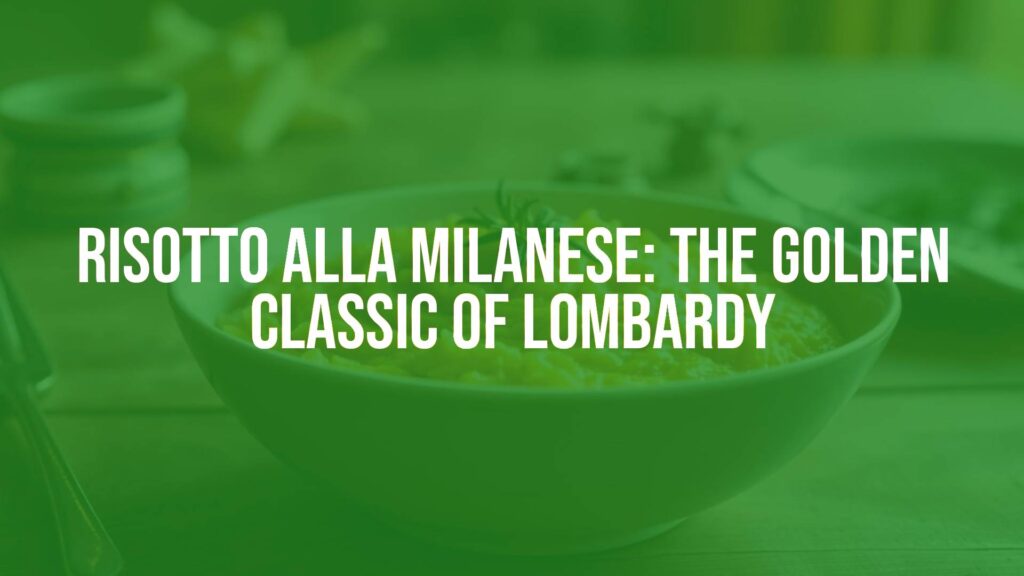Risotto alla Milanese: A Jewel of Northern Italian Cuisine
Defining Characteristics
Risotto alla Milanese is one of Italy’s most iconic rice dishes, instantly recognizable for its vibrant golden hue and luxurious, creamy texture. Unlike other risotti, its distinguishing feature is the use of saffron, which infuses the rice with a gentle, floral aroma and a hint of earthy complexity. The dish is rich and savory, often described as both comforting and elegant.
Historical Origins and Regional Significance
This dish traces its roots to Milan, the cosmopolitan capital of Lombardy in northern Italy. Legend holds that saffron was originally added by a 16th-century glassmaker’s apprentice for a wedding feast, resulting in the dish’s trademark color. Over centuries, Risotto alla Milanese became a staple of Milanese gastronomy, frequently associated with festive occasions and representing regional pride. Its popularity is intertwined with Lombardy’s abundant rice paddies and culinary heritage centered on butter and cheese.
Core Ingredients and Preparation Method
The foundation of Risotto alla Milanese is arborio or carnaroli rice, short-grain varieties renowned for their ability to release starch and achieve that signature creamy consistency. Saffron threads are soaked in warm broth to draw out their color and aroma before being stirred into the rice. Additional key ingredients include rich beef or veal broth, unsalted butter, onions (most often finely chopped), and grated Parmigiano-Reggiano cheese. The risotto is gently cooked by adding hot broth in gradual increments, allowing the rice to absorb the liquid and flavor while being continually stirred.
Flavor, Texture, and Appearance
Risotto alla Milanese seduces the palate with a balanced richness: the interplay of tender-yet-firm grains of rice (al dente), the creamy sauce enveloping each grain, and the unmistakable subtlety of saffron. The dish boasts a brilliant yellow color and a glossy finish. Aromatic and buttery, it leaves a warming impression that lingers long after the last bite.
Variations and Adaptations
While tradition dictates a purist approach, some variations emerge in Milanese homes and restaurants. A small amount of bone marrow may be added for intensified flavor and silkiness, a nod to centuries-old customs. Occasionally, white wine or a different hard cheese such as Grana Padano replaces or complements Parmigiano-Reggiano. While the original insists on meat-based stock, lighter versions substitute vegetable broth for a subtler taste.
Serving Suggestions and Pairings
Risotto alla Milanese is often paired with Ossobuco (braised veal shanks), as the saffron risotto balances the rich, meaty flavors of the stew. Alternatively, it may be served as a star attraction on its own, accompanied by a side of sautéed greens or a light salad. For beverages, a crisp dry white wine such as Pinot Grigio or a young red from Lombardy provides an excellent pairing, cutting through the richness while complementing the dish’s aromatic complexity.
Conclusion
Celebrating elegance and tradition, Risotto alla Milanese stands apart as a beloved symbol of Milanese culinary artistry. With its characteristic saffron aroma and distinctive color, it remains a touchstone of northern Italian cuisine and a must-try for enthusiasts of classic Italian fare.

